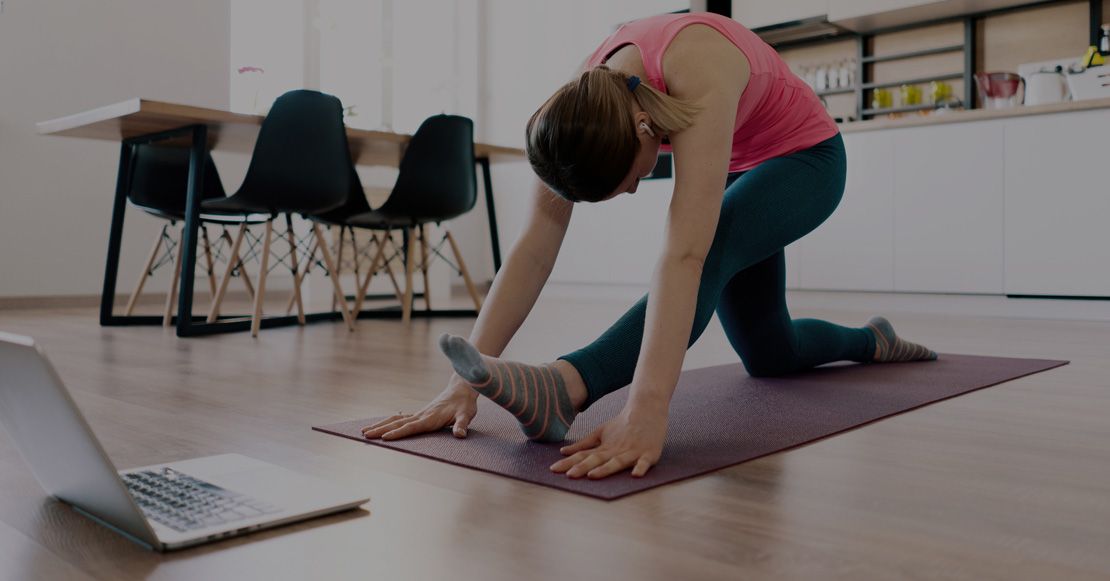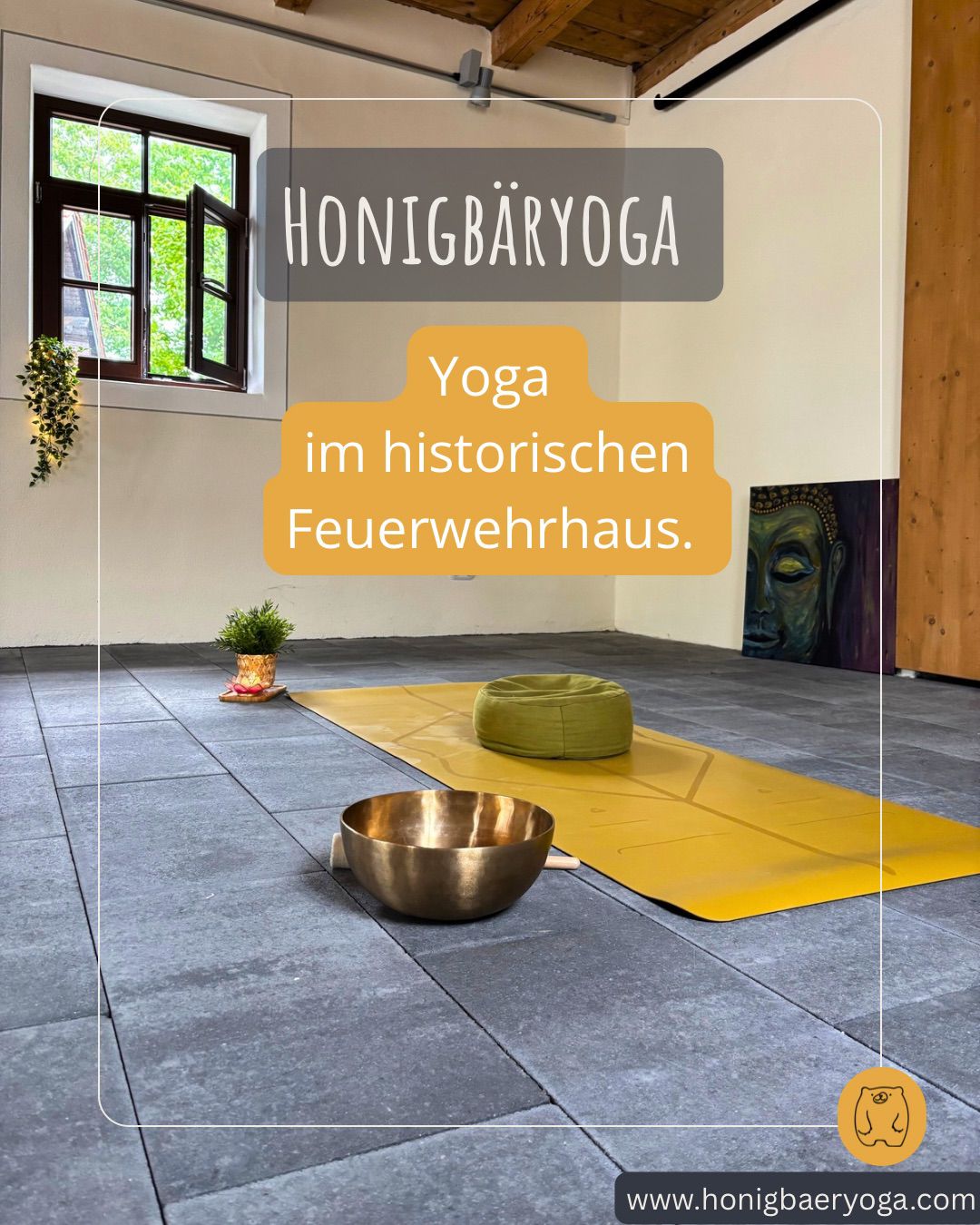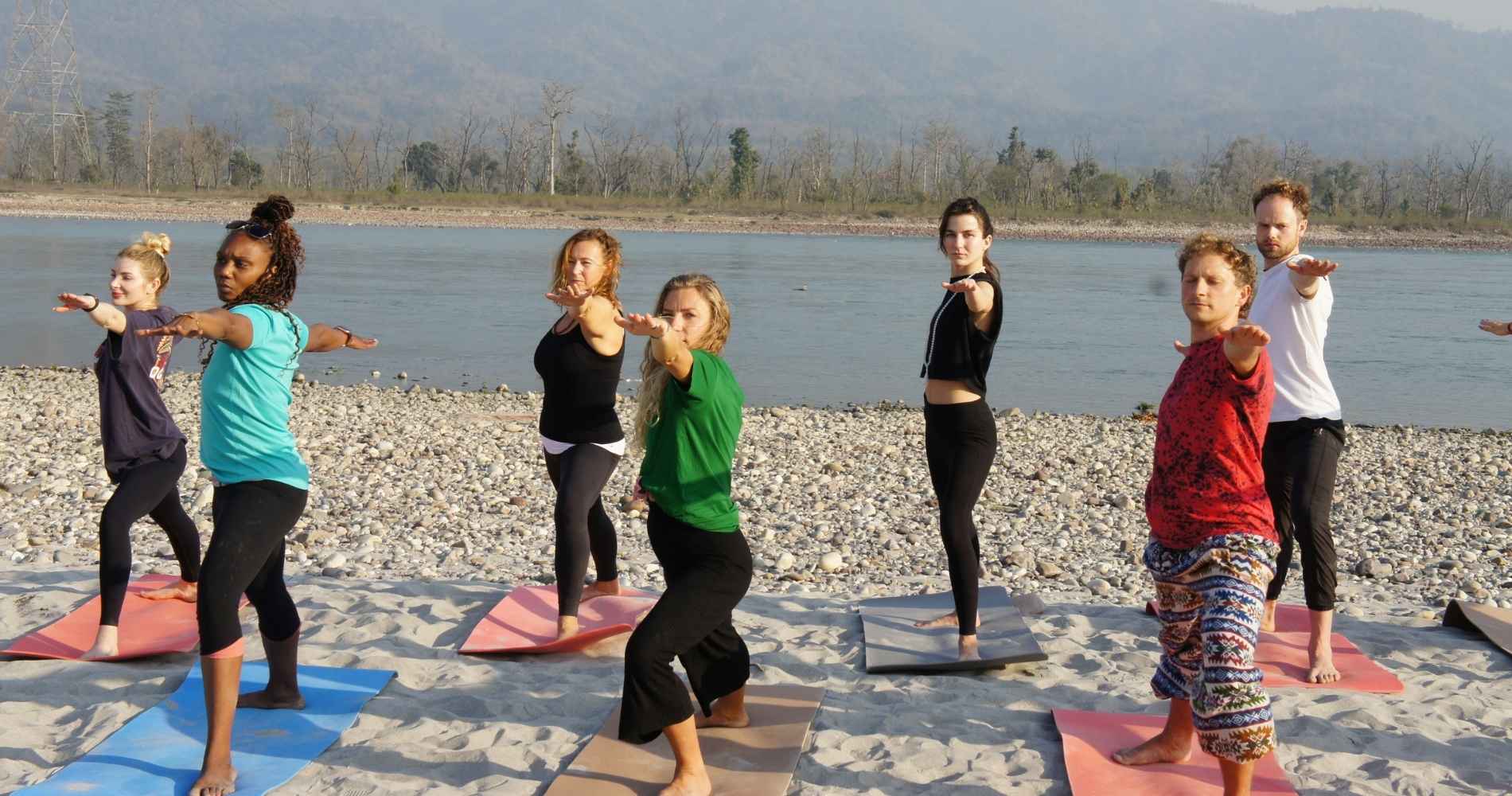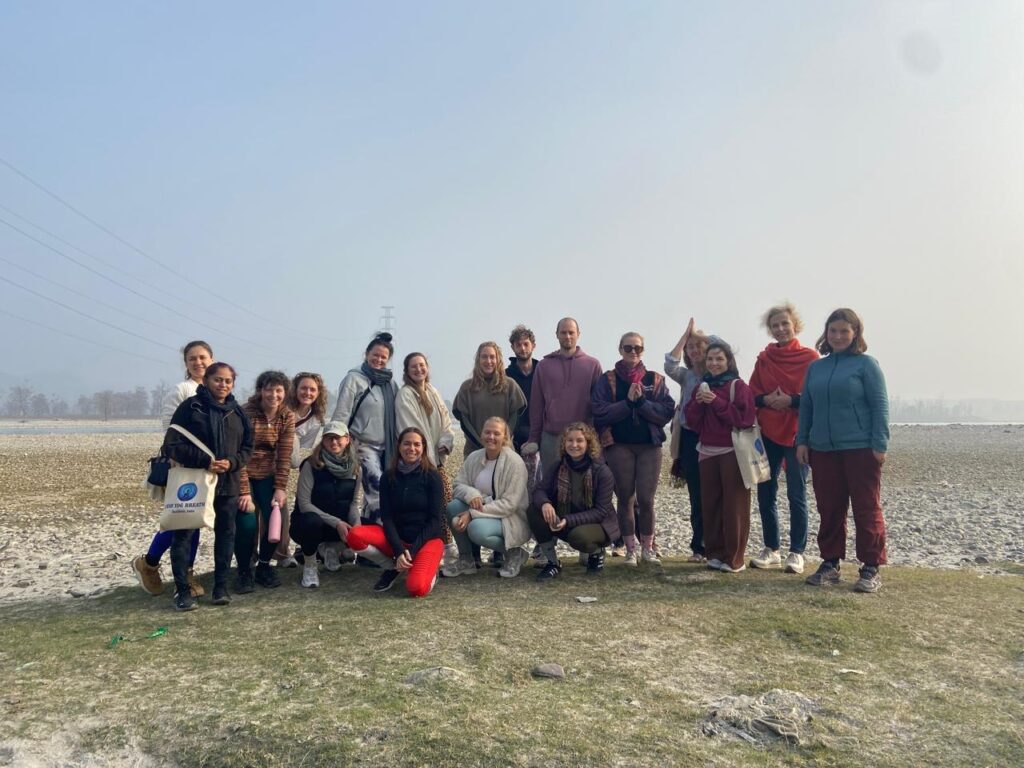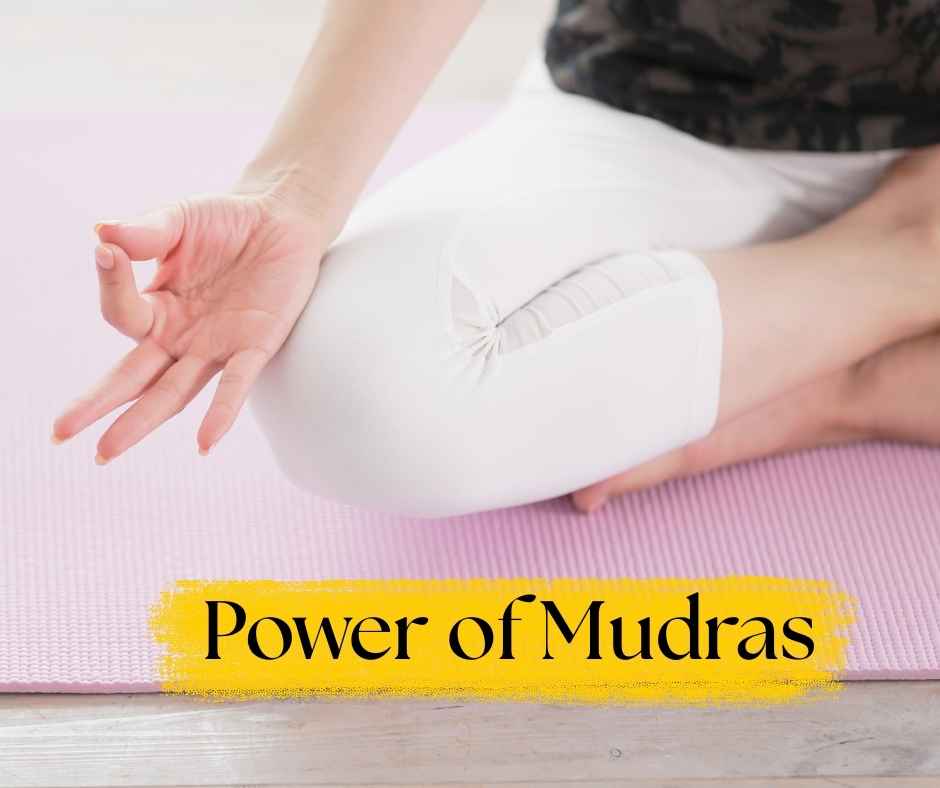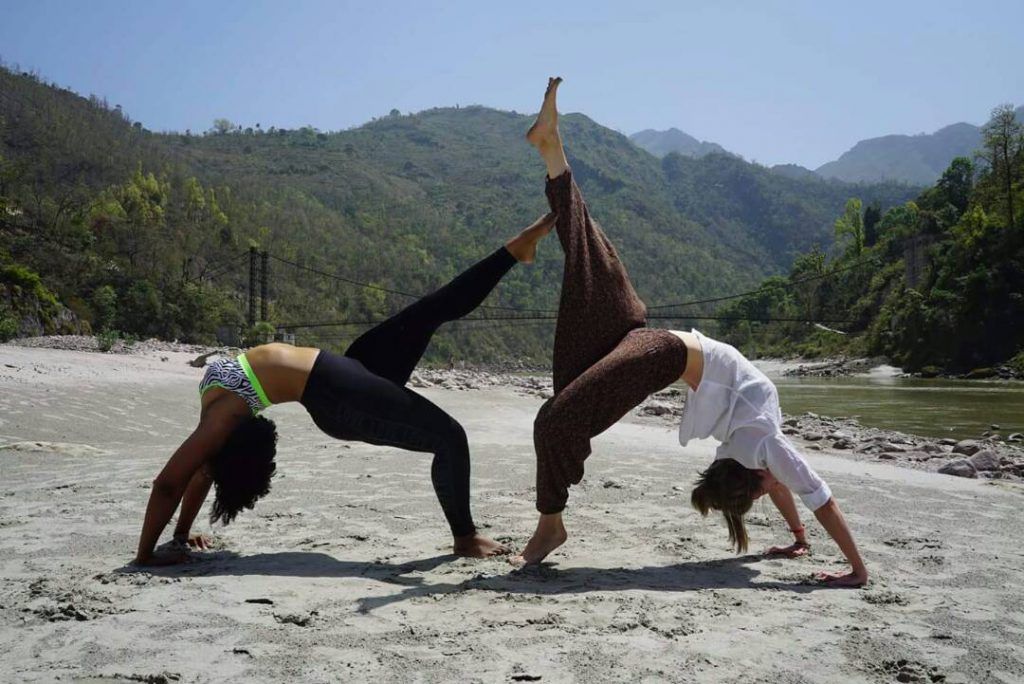
As societies progress, there is a shift in the economic structure of a country. Gradually, there is an increase in demand for jobs that are intellectually intensive and a decrease in the demand for labor-intensive jobs. This increases the proportion of the working population with a sedentary lifestyle, affecting the digestive system. This paper suggests the incorporation of certain yoga practices that could benefit the digestive system of a typical desk-bound individual in a First World country.
The raja yoga of Patanjali is categorized into 2 types, external and internal. Asana, Pranayama, Yama, Niyama, and Pratyahara form the external means while Dharana, Dhyana, and Samadhi form the internal means. Every stage of Yoga must be practiced to cultivate one’s mind and body in preparation for the other stages. Regular practice of asanas not only maintains the physical body in its optimum condition and promotes health, it also helps to cultivate awareness and concentration.
The following poses help to massage the abdomen, remove wind and constipation and relieve digestion. They are especially beneficial for desk-bound individuals as they strengthen the back muscles, loosen the spinal vertebrae, and relieves strain and stiffness in the back too.
Supta Pawanmuktasana (leg locked pose)
Start with the right leg and follow with the left as they press the ascending colon and descending colon respectively.
- Lie in starting position.
- Bend right knee, bring the right thigh to chest. Keep left leg straight on the ground.
- Interlock fingers, clasp hands-on shin below the right knee.
- Keep left leg straight on the ground
- Inhale deeply.
- Exhaling, lift head and shoulders off ground. Bring right knee to nose. Stay for a few seconds. Remain normal breathing. Do not strain the right knee.
- While slowly inhaling, return to the base position.
- Repeat 3 times on each leg. Then with both legs bent at the same time.
- Start with feet about 60cm away from buttocks and move feet 3cm closer each time to work on each vertebra, bringing suppleness to the entire spine.
As you deepen your practice of asanas and have achieved relative strength and flexibility.
Practice the following pose:
Halasana (plough pose)
- Lie on the back with feet and legs together. Place arms beside the body, palms facing down.
- Use abdominal muscles to raise both legs vertically.
- Press down on arms, lift buttocks, roll feet overhead, bring toes to the ground behind
the head without straining. - Turn palms up, bend elbows, place hands behind ribcage to support back.
- Hold the final pose for as long as is comfortable.
- To return to starting position, lower arms with palms down. Gradually lower each
vertebra to the floor, followed by buttocks. Resume legs in initial vertical position. - Using abdominal muscles, lower legs to starting position.
To complement the practice of asanas, include the following Pranayama exercise:
Bhastrika Pranayama (bellows breath)
The rapid and rhythmic movement of the diaphragm stimulates the visceral organs, toning
the digestive system, ensuring their suppleness.
- Sit in a comfortable mediation posture. Rest hands on knees.
- Keep head and spine straight, close eyes. Relax.
- Inhale. Then exhale forcefully through the nose, and immediately inhale with the same
amount of force. - Continue in this manner for 10 breaths. This is one round. Practise up to 5 rounds.
Movements should be slightly exaggerated. To further alleviate issues of digestion, you should always take care of your diet. Avoid heavy, oily, and spicy food as they cause acidity/gas in the digestive system. Cold beverages extinguish the heat of the digestive fire (Agni). Do not drink too many fluids during and after a meal, take at least 3, (best 4 to 6) hour breaks before another meal. This allows Agni to fully process the meal.
Lastly, the strengthening of a healthy digestion/digestive system is important as the digestive system breaks down and absorbs the nutrients of the food that we ingest. It is vital to incorporate these asanas into our lives and practice them consistently to ensure proper absorption of these nutrients for a healthy body.

